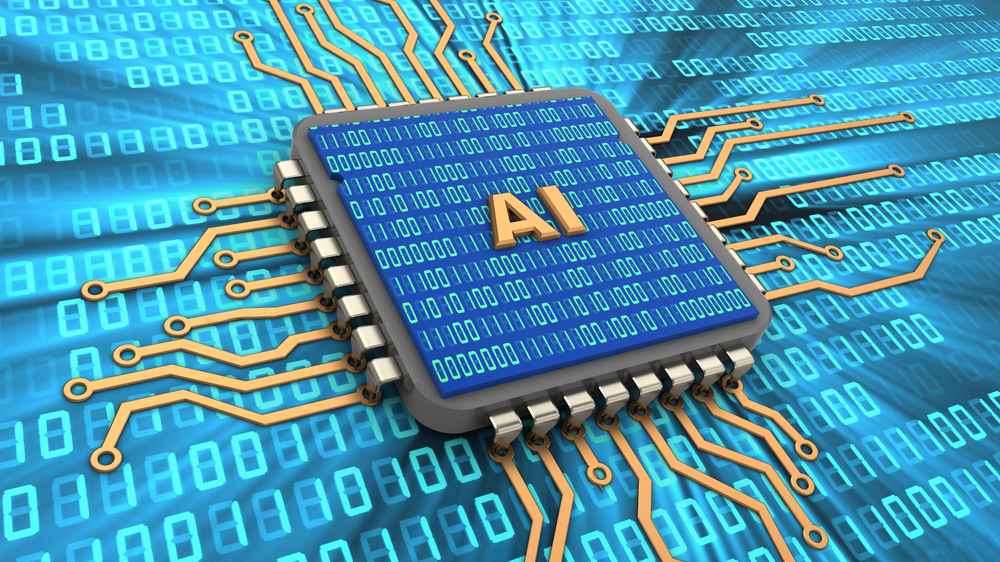Back to articles
Why AI is set to reshape the IoT

By building the enormous network of wireless sensors that forms the IoT, we’re generating more data than ever before. More data promises better decision making – but only if we don’t drown in information first. Proper data management starts by processing information at the edge to filter, refine, and then prioritize what’s sent to the Cloud. AI is the best tool for the job.
Dealing with information overload
The amount of data generated by the IoT looks to increase exponentially. For example, analyst Gartner predicts that by 2021, the IoT will comprise 25 billion devices, all generating round-the-clock information. How much information? The International Data Corporation (IDC) projects that connected things will generate no less than 79.4 zettabytes (one zettabyte is equal to a billion terabytes) of data within the next five years.
Much of this information will be generated by remote wireless sensors with small batteries. Transmitting this amount of raw data to the Cloud is expensive and drains batteries rapidly. Much of the data is of low value, typically information that confirms a system is stable when vital information would be about how things are changing. It’s much better to process the data locally to determine which is critical and time-sensitive and then use (relatively high power) wireless transmission infrequently and for as short a time as possible to send just that information to the Cloud.
Read more: CortexM: Machine learning at the edge
Small AI for edge devices, big AI for the Cloud
Determining which data is essential is best done using AI. But it has to be a particularly well-optimized form of AI to match the power, processor, and memory constraints of IoT edge devices.
Edge-AI startup Imagimob specializes in the development of this software. The company takes proven AI software and then optimizes it. It can then run on the Arm M-class processors common to battery-powered IoT sensors and edge devices using Nordic Semiconductor solutions. For example, a system developed by the company employs an AI “neural network” to learn and interpret gestures to control headphones without the need for traditional switches and buttons. All the AI processing power is contained within the battery-powered headphones.
Read more: Machine learning drives gesture control for resource-limited devices
With optimized AI, edge devices equipped with processors such as the Arm M-class used in Nordic’s IoT solutions can crunch and store sensor data locally and only send only what’s necessary to the Cloud – minimizing transmission costs and power consumption.
According to Steve Poulsen, President of U.S. embedded design consultant and Nordic customer, Signetik, the AI’s task should be split into two:
- Resource-constrained edge devices (“small AI”)
Will use optimized software to collate and sort sensor data locally - Powerful Cloud-based servers (“big AI”)
Will use superior resources to quickly and deeply analyze the filtered data for significant trends and patterns.
The IoT is transforming the world without us noticing
Today the IoT and AI are all around us, but the changes being brought about by the technologies are so subtle that most people overlook them. It’s like we’re all standing on a slowly rising platform without realizing it. But sectors such as healthcare, logistics, transportation, utility metering, retail payments, lighting, VR, and much more besides are being continuously transformed by the IoT and AI. The “AI of Things” is slowly taking shape. Its influence will help us slow the avalanche of data provided by the IoT - and develop new ways of using the insights it uncovers.
The IoT and AI are such a natural fit that their convergence is already leading to intelligent networks that are increasingly capable of solving problems without human assistance across a diverse number of industries. The impact on AI will be dramatic; according to analyst Research and Markets, for instance, the IoT will represent 83 percent of all AI chipsets sales by 2023.
By then, the AI of Things will underpin a larger technological revolution that’s already started and is making use of parallel advances in fields such as robotics, quantum computing, autonomous vehicles, and genomics.


